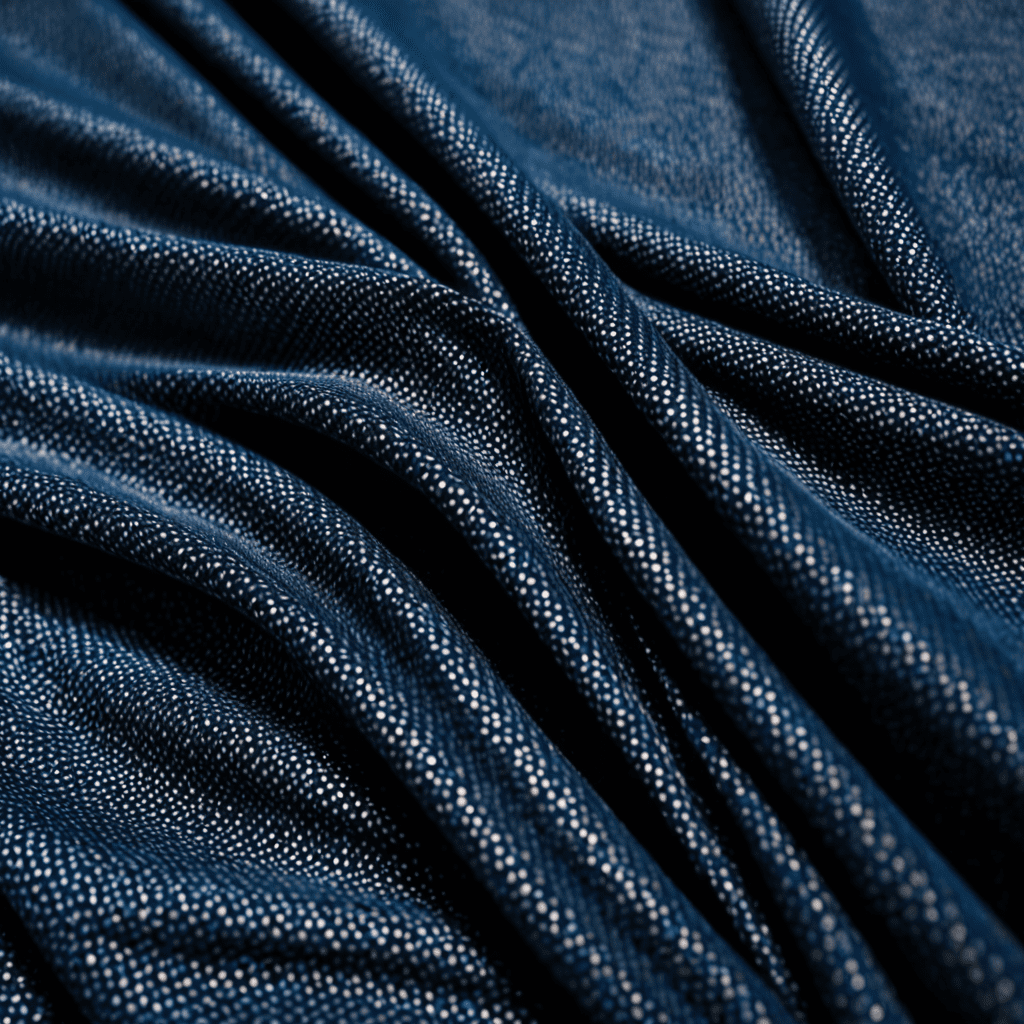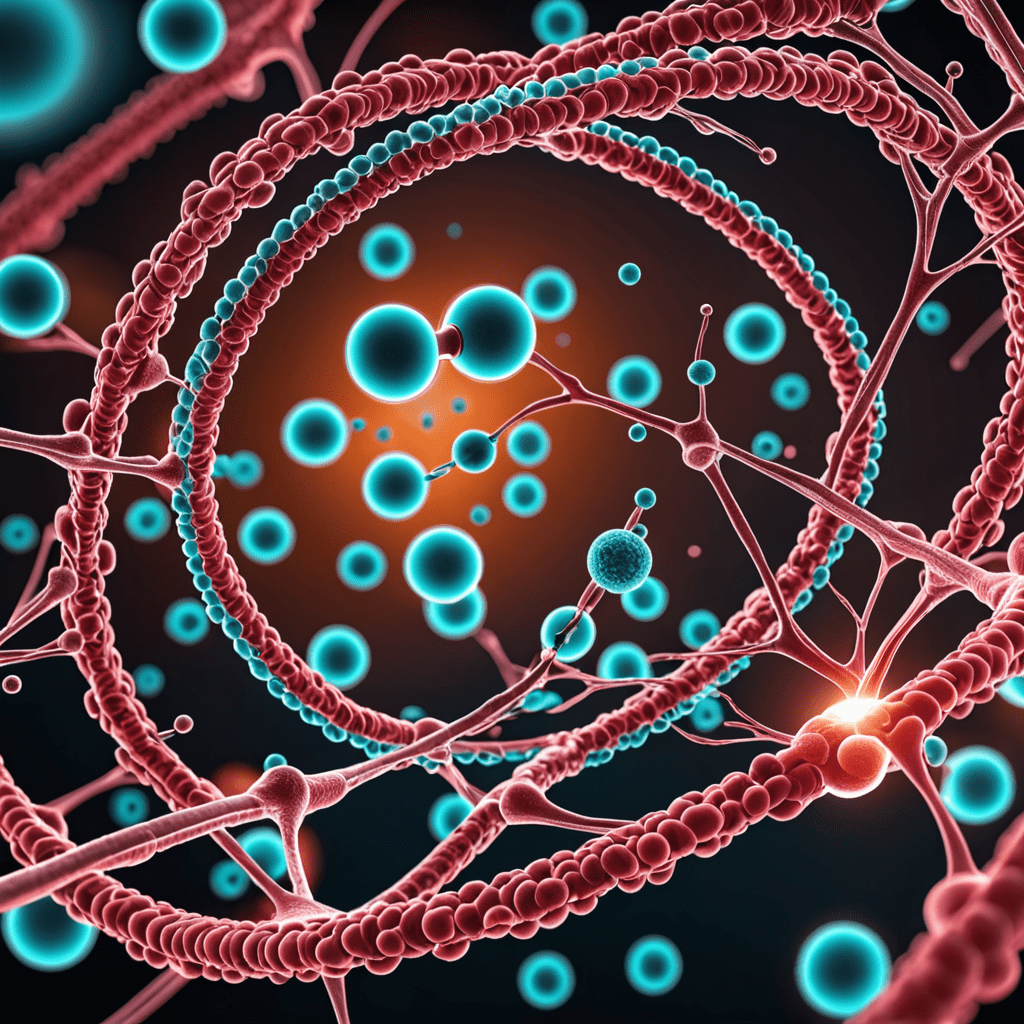
Nanotechnology in Smart Textiles: Interactive Clothing
Smart textiles integrated with nanotechnology have revolutionized the fashion industry, paving the way for interactive clothing that merges technology seamlessly with everyday wearables. This blog post explores the fascinating realm of nanotechnology in smart textiles and its impact on interactive clothing.
The Fusion of Nanotechnology and Textiles
Nanotechnology involves manipulating matter at the nanoscale, allowing for the creation of functional materials with unique properties. When applied to textiles, nanotechnology enhances fabric functionality, durability, and performance.
Features of Smart Textiles
Smart textiles, also known as e-textiles, are fabrics embedded with electronic components and sensors that can sense, react, adapt, and communicate. These textiles can respond to stimuli, such as touch, light, or temperature, offering a range of interactive capabilities.
Nanotechnology in Interactive Clothing
By integrating nanotechnology into smart textiles, interactive clothing can be developed with advanced functionalities. Nanoparticles and nanofibers can be used to create textiles with properties like water resistance, UV protection, antibacterial properties, and even self-cleaning capabilities.
Applications of Interactive Clothing
Interactive clothing finds applications in various fields, including sports, healthcare, fashion, and military. Athletes can benefit from smart textiles that monitor performance, while healthcare professionals can use biometric monitoring clothing for patients.
Challenges and Future Outlook
Despite the potential of nanotechnology in smart textiles, challenges such as scalability, cost, and environmental impact need to be addressed. However, ongoing research and development are driving innovations in interactive clothing, offering a glimpse into a future where our clothes are more than just garments.
Conclusion
Nanotechnology in smart textiles is transforming the way we perceive clothing, turning them into intelligent, responsive interfaces. As nanotechnology continues to advance, the possibilities for interactive clothing are endless, promising a future where our attire not only adorns us but also interacts with us on a whole new level.
FAQ: Nanotechnology in Smart Textiles
What is nanotechnology in smart textiles?
Nanotechnology in smart textiles involves integrating nanomaterials into fabrics to create interactive clothing with advanced functionalities.
How does nanotechnology enhance smart textiles?
Nanotechnology enhances smart textiles by providing properties like water resistance, UV protection, temperature regulation, and even antibacterial capabilities.
What are some examples of interactive clothing using nanotechnology?
Examples of interactive clothing using nanotechnology include self-cleaning fabrics, temperature-responsive materials, and garments that can monitor vital signs.
Is nanotechnology in smart textiles safe for human use?
Yes, nanotechnology in smart textiles is safe for human use as long as the manufacturing processes adhere to safety regulations and standards.
How can nanotechnology revolutionize the fashion industry?
Nanotechnology can revolutionize the fashion industry by offering innovative designs, enhanced functionalities, and sustainable solutions through smart textiles.


